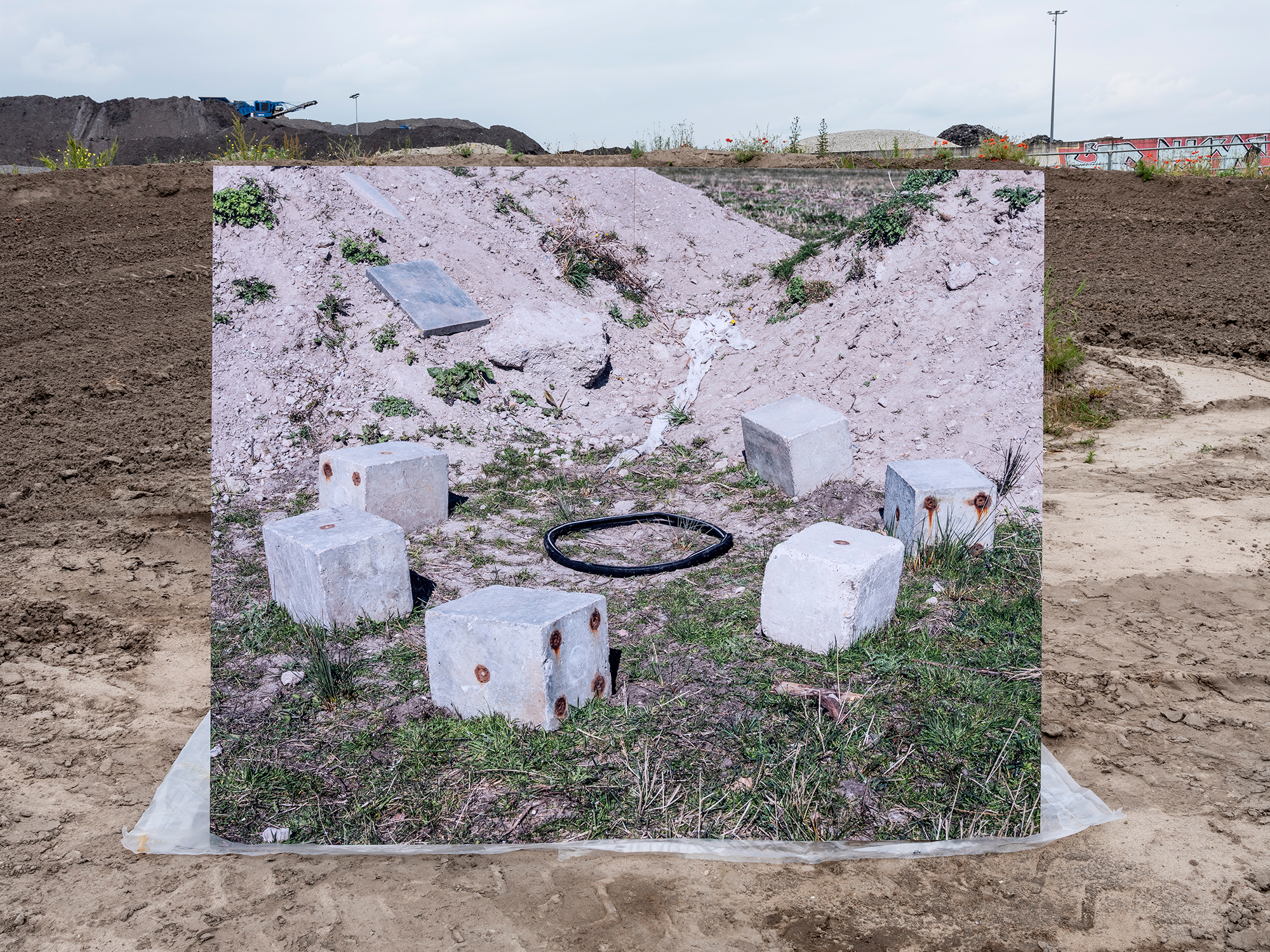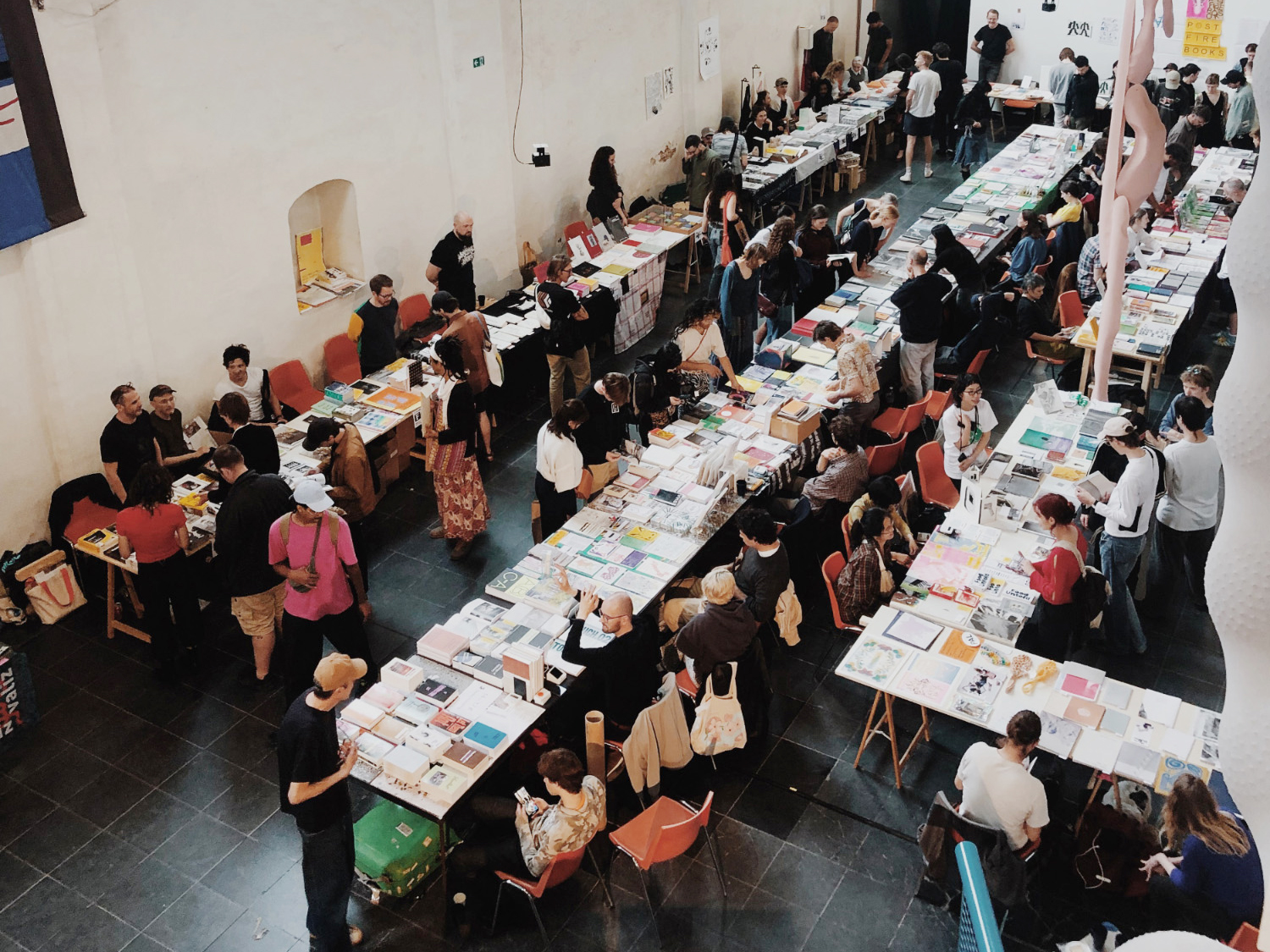Brazilian Photographer and Visual Artist Juliana Jacyntho delves into themes such as nostalgia and the transient nature of time. In ‘Onde jaz meu céu estrelado’, she explores her vanished hometown, retracing her childhood memories.
Could you share with us what initially sparked your interest in photography and the arts? What moments or experiences led you to pursue a career as a visual artist and photographer?
As an only child, I often spent my time alone. At the age of 9, my godmother gifted me a camera, opening up a new world to me. Through this camera, I could translate everything my little eyes saw. This interpretation of the world through images has always been with me, whether via photography or collage. Starting in 2014, as a professional photographer, I began blending photography with objects and drawings, broadening my artistic expression to better understand and convey my surroundings.
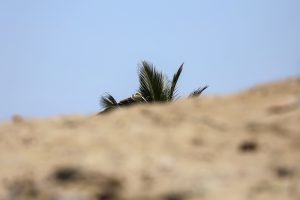
You have a background in Communication and Semiotics. How has your academic background influenced your artistic practice and the way you approach photography?
My academic background includes a Law School degree, a technical degree in photography, and I am currently pursuing a Masters in Communication and Semiotics. My research is centered on the artistic power of waste and the act of gleaning, inspired by French filmmaker Agnes Varda’s documentary, “Les glaneurs et la glaneuse (Gleaners and I)”. This exploration allows me to delve deeper into my own artistic endeavors, which revolve around memories, ruins, and remnants, with gleaning being a consistent theme in my creative journey.
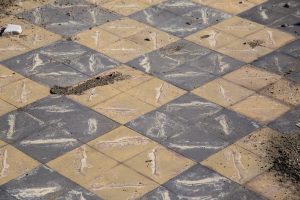
The central theme of your work revolves around impermanence and the ordinary nature of life and things. How did you come to explore these themes through photography, and what draws you to them as an artist?
One of the biggest challenges for me as an artist is to photograph what no longer exists. This came to the forefront when I was documenting the small village I grew up in, which was swallowed by the sea, for my first photobook “where my starry sky lies”. I was struck by the realization that the tiles which once embellished the antique houses I used to visit stood as some of the last witnesses of a time that no longer existed. The village’s residents and even whole houses had disappeared due to marine transgression. My desire to use photography to explore this ‘end’ made it clear that I needed to focus on what remained around me: memories, remains, ruins, and objects infused with the energy of their past owners. In constructing a narrative where humans aren’t the central characters, but rather the objects that outlasted them, I’ve found a profound interest in studying animism as a counter to the Anthropocene and the misplaced notion that humans are the center of all stories.

“Onde jaz meu céu estrelado” invites readers to experience a sense of nostalgia and the passage of time. Could you elaborate on how the project explores the concept of time and memory through photography?
This books merges 4 heterogeneous groups of images that, together, built a poetic visual and tactical narrative of absence-presence, sewed by the sea waves and sweet memories of childhood. By mixing these 4 groups of images we create a tension of memory and time.
The first group is the subtle presence of destruction we see on the shore. It’s estimated that over 15 streets have been swallowed by the Atlantic Ocean since 1950. The black and white images create “shocks” and represent the inner experience of one’s perplexity – being a witness of your own childhood and teenage memories disappearance, even as they live on vividly in the mind. The third group is the tiles. These ceramic pieces were sourced from vintage shops dating back to the 1970s and 1980s throughout the project’s duration (2016-2020). While in Atafona, I was drawn to the walls by the shoreline, kissed by the sea’s waves and decorated entirely with these tiles. Their floral, poetic, and vibrant designs stood out to me, making me reflect on the care with which they were chosen for homes now in ruins. Upon returning to Sao Paulo, I sought out these vintage stores (popularly known in Brazil as “cemitério dos azulejos” or “tile cemetery”) to collect tiles identical to those I photographed in Atafona, aiming to recreate the nostalgic ambiance that the sea had taken. The final set of images, equally significant, features my grandparents’ house — still standing — where I grew up and where many of my fondest memories reside.
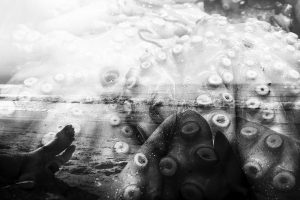
The book is described as a “poetic archeology.” Can you explain how the images in the book lead viewers to explore the layers of times and memories associated with the place, Atafona in Rio de Janeiro?
As I did this archeological work of digging up my own memories and the place’s memories, I invite the reader to do this same gesture of “swimming” through this sea of pages with me until we finally get to the tiny photobook that represents what truly remains – the sweet and fond memories of one’s life.

“Onde jaz meu céu estrelado” follows a very interesting visual concept. Can you tell us a bit about your editing process for the book? How did you come up with the idea of including small books within a book and creating images that flow into each other?
The book is composed by two independent books which pages are intertwined and layered atop one another, simulating sea waves. This invites the read to take a position, to recreate the narrative (multi combinations are possible, with infinite possibilities of new stories and interpretations) until it gets to a little jewel box represented by this tiny photobook at the end. My first mockup already brought this tiny book in a crib at the end of the narrative, symbolizing the deeply personal and intimate realm of family memories and settings. By the time I presented my project to my publishers they had invited Fabio Messias, a very talented graphic designer from Sao Paulo. Fabio has brought this amazing idea of breaking the narrative into two parts and intercalate the pages to create this tension — a concept that resonated with all of us and was incorporated into the final edition.
“I invite the reader to swim with me through this sea of pages.” – Juliana Jacyntho

Your work also delves into the role of the feminine in contemporary society. How do you approach this theme visually, and what messages or questions are you trying to convey through your visual series on the feminine?
Brazil is a latin country and still deals with the heritage of patriarchy as any latin country does. As a female artist, I see the importance of being vocal about the several types of violence a patriarchal society practices against women as a civic duty. In that sense, the lack of female protagonism and representation at political scenarios. The violence against women (Brazil broke its own record number of female murders in 2022, with a woman killed every 6 hours); the imposition of unreal patterns of beauty, and the mental consequences of growing up and being a women under these circumstances are questions I deal with in my artworks such as “feminine ocds”, which talks about female manias and obsessive compulsive disorders; “my name is suellen”, a video installation based on a fictive narrative of a woman living on the edge; and “brazilian wax”, a manifesto against the dictatorship of beauty and the empire of “smooth skin”.
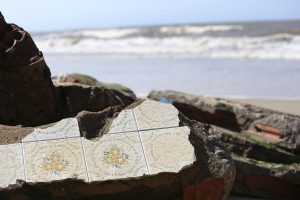
What are you currently working on? Are there any new projects on the way that you can tell us about?
I’m focused on finishing my master’s thesis, which I need to hand in next year. In between, I’ve been articulating ideas for a new artistic book around my last photo series called “fly me to the moon”. This photographic series was created this year and was shortlisted at the professional competition of the Sony International Photography Awards, in the Creative category. It was also shown during ON/OFF Arles Festival last July. Every piece of art is conceived with the intent to resonate with as vast an audience as possible, so it’s truly exciting to connect with various audiences through this latest project. It also does bring me closer to the Dutch photographic community through this amazing opportunity Sprout has given me this year (thank you to the Sprout team for that! ).

For more information about Juliana and her work check out:
https://www.julianajacyntho.com/
https://www.instagram.com/julianajacyntho/
Find Juliana’s book ‘Onde jaz meu céu estrelado (Where my starry sky lies)’ here: https://sproutpublish.com/onde-jaz-meu-ceu-estrelado-where-my-starry-sky-lies-Juliana-Jacyntho/
https://sproutpublish.com/onde-jaz-meu-ceu-estrelado-where-my-starry-sky-lies-Juliana-Jacyntho/

